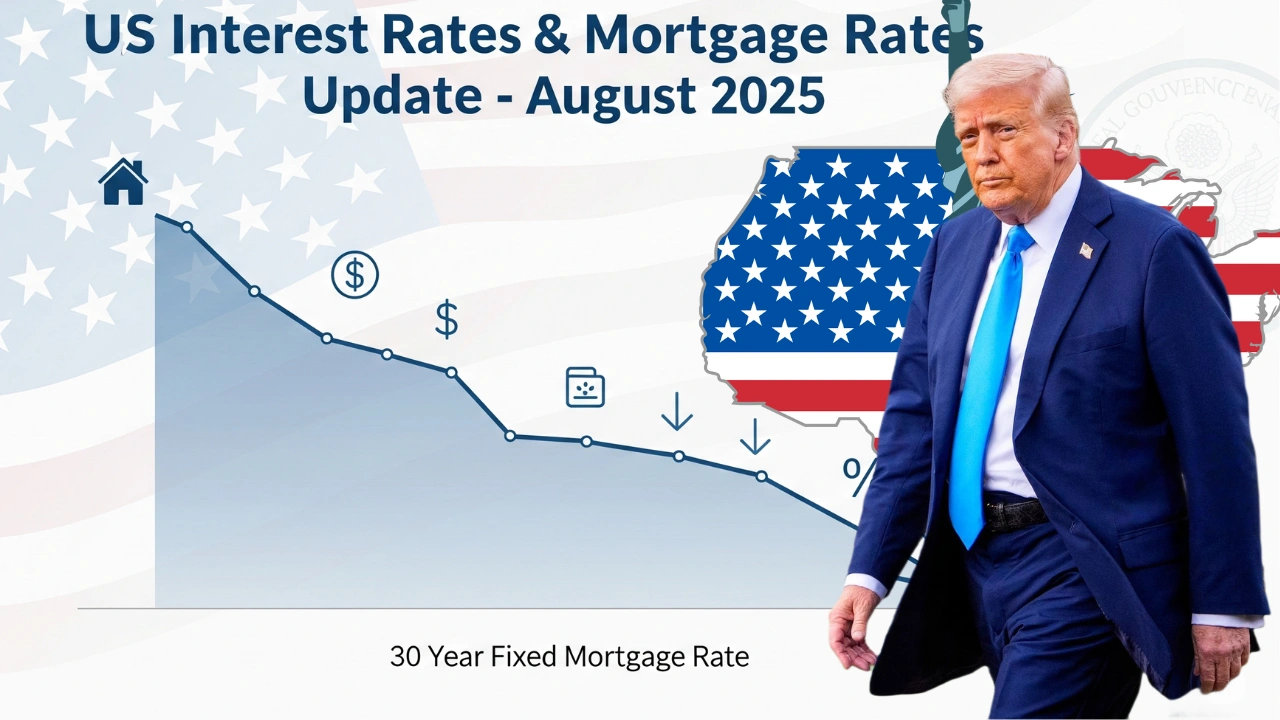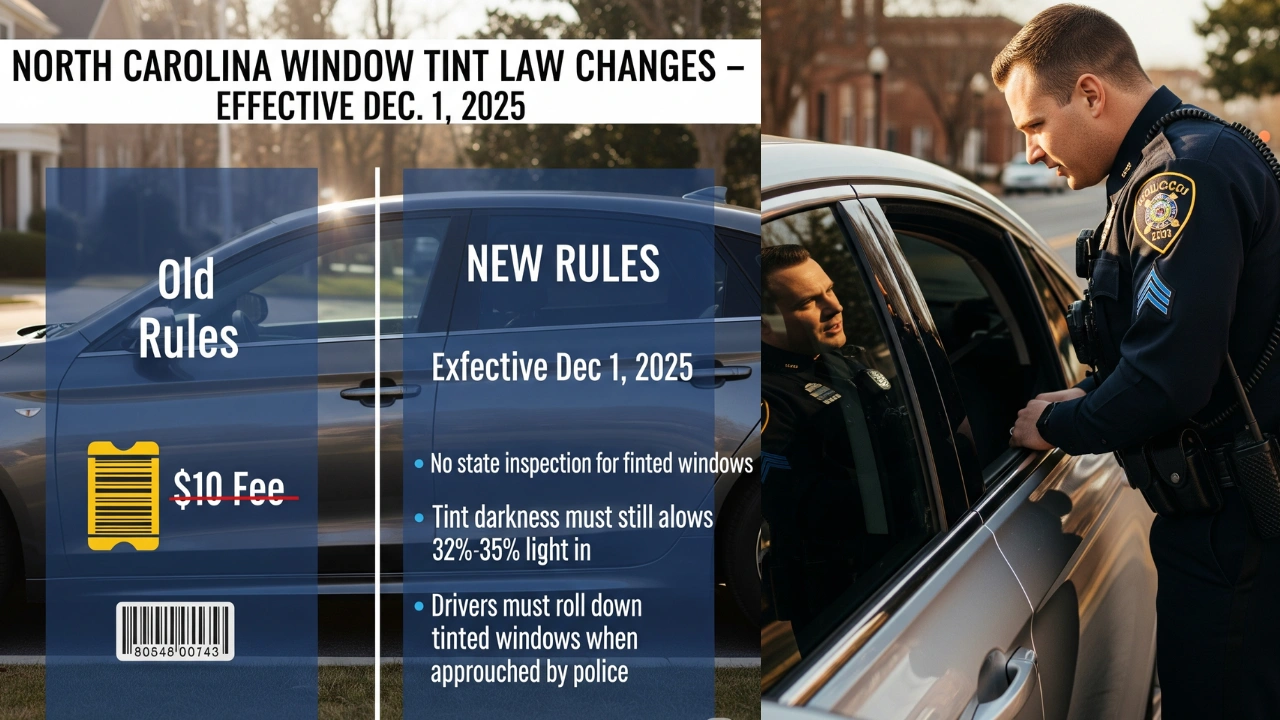With grocery prices, rent, and utility bills continuing to put pressure on American families, State Rebate Checks are offering some much-needed relief. In several U.S. states, residents are still eligible for payments of up to $725, designed to help households keep up with the rising cost of living.
If you live in states like California, Colorado, Idaho, or Pennsylvania, you may be in line for a welcome financial boost. This isn’t just another government program — it’s real money in your pocket, and in some cases, it’s still being issued in 2025.
Table of Contents
ToggleWhy State Rebate Checks Matter Now
Across the country, families are feeling the pinch of higher prices. While inflation has slowed compared to its peak, essentials like food, gas, and housing remain expensive in cities like Los Angeles, Chicago, Dallas, and Miami.
State Rebate Checks are designed to put cash directly into the hands of residents. Funded through state budget surpluses, tax refunds, or special legislative programs, these payments can be used for anything — from catching up on bills to buying groceries.
For many, this extra cash can mean the difference between falling behind and staying afloat.
Which States Are Still Paying in 2025?
While not every state is currently issuing rebates, several still have programs active:
-
California – Final rounds of the Middle Class Tax Refund are still being sent out for eligible taxpayers who missed earlier payments.
-
Colorado – TABOR refunds continue for late filers, with some households receiving up to $750.
-
Idaho – Ongoing rebates for qualifying residents based on income and tax filings.
-
Pennsylvania – Property tax and rent rebate programs extended into 2025 for seniors and disabled residents.
-
New Mexico – Special income tax rebates still being distributed to some households.
It’s important to check your state’s official revenue department website for the most accurate and up-to-date information.
| State | Rebate Program | Maximum Amount | Key Payment Dates |
|---|---|---|---|
| California | Middle Class Tax Refund (final round) | $1,050 | Ongoing through March 2025 |
| Colorado | TABOR Refund | $750 | Continuing through April 2025 |
| Idaho | 2024 State Tax Rebate | $600 | Payments issued Feb–May 2025 |
| Pennsylvania | Property Tax/Rent Rebate Program | $1,000 | Rolling payments Jan–June 2025 |
| New Mexico | 2024 Income Tax Rebate | $500 | Ongoing through March 2025 |
| Oregon | Kicker Tax Credit Refund | Varies | Issued February 2025 |
| Minnesota | 2024 Tax Rebate | $1,300 | Final payments April 2025 |
Eligibility Criteria for State Rebate Checks
Each state sets its own rules, but most follow similar guidelines. You may qualify if:
-
Income Limits
-
Many states set income caps, often between $75,000–$150,000 for individuals or couples.
-
-
Filing Status
-
You must have filed a state income tax return for the required year (often 2021, 2022, or 2023).
-
-
Residency
-
You must be a resident of the state issuing the rebate for the required time period.
-
-
Special Groups
-
Some programs target seniors, veterans, or disabled individuals.
-
-
No Outstanding Tax Debts
Also read-
Rebates may be reduced or withheld if you owe back taxes or other state debts.
-
Also Read: IRS Fast-Tracks Unclaimed $1,400 Recovery Rebate Credit – Claim Your Money Now
Payment Timeline and How You’ll Receive It
Payment schedules vary by state, but here’s what you can generally expect:
-
Direct Deposit – Fastest method, typically within 2–4 weeks after approval.
-
Paper Checks – Mailed to your last known address; may take 4–8 weeks.
-
Prepaid Debit Cards – Used in some states for faster, secure payments.
Many states began issuing these payments in late 2024, and remaining rounds are continuing into early and mid-2025. If you’ve recently filed your taxes or updated your information, you could see your payment soon.
Avoiding Scams and Fraud
Unfortunately, scammers often target these programs. Protect yourself by following these tips:
-
Only respond to communication from official state government websites (usually ending in .gov).
-
Never pay a fee or give out personal details to “release” your check.
-
Beware of unsolicited emails, texts, or phone calls about your rebate.
-
Report suspicious activity to your state’s consumer protection office.
Legitimate agencies will never ask for payment to send you money.
The Bigger Picture: Why This Matters
State Rebate Checks are more than a short-term benefit — they’re part of a broader effort to help Americans weather economic challenges. In states like Oregon, Minnesota, and Massachusetts, similar programs have put billions of dollars back into local economies.
By giving residents direct cash, states not only help households but also stimulate spending at local businesses, supporting job growth and community stability.
Conclusion: A Timely Boost for Families
The continuation of State Rebate Checks into 2025 is a positive sign for millions of Americans. Whether you’re in California waiting on your Middle Class Tax Refund or in Pennsylvania expecting a property tax rebate, this extra cash can help bridge financial gaps.
If you think you’re eligible, act now: visit your state’s official revenue or taxation website, verify your status, and make sure your contact and bank information are up to date. This could be the relief you need to start the year on stronger financial footing.
FAQs About State Rebate Checks
1. How do I know if my state is still Paying rebate checks?
Check your state’s official revenue or taxation department website for updates.
2. Are state rebate checks taxable?
In most cases, they are not federally taxable, but check your state’s rules.
3. Do I need to apply for my rebate?
Some states send payments automatically, while others require an application.
4. What if I moved recently?
Update your address with your state’s tax agency to avoid payment delays.
5. Can I get both a state rebate check and a federal refund?
Yes, state rebates are separate from federal tax refunds.


